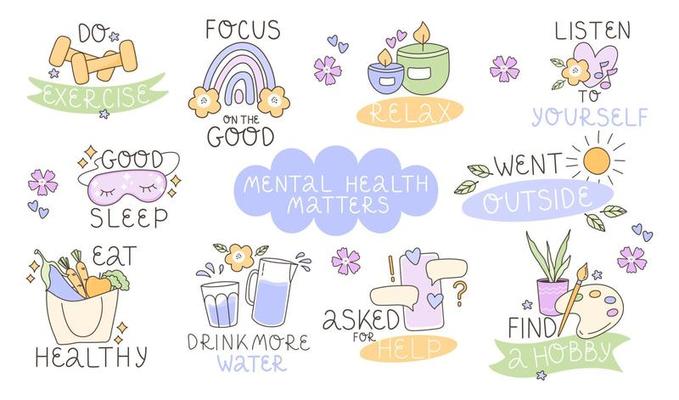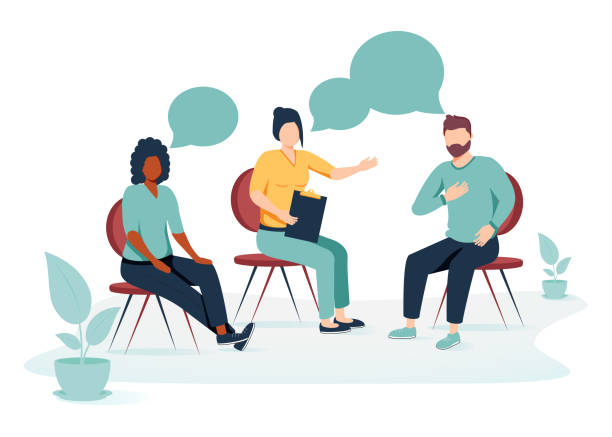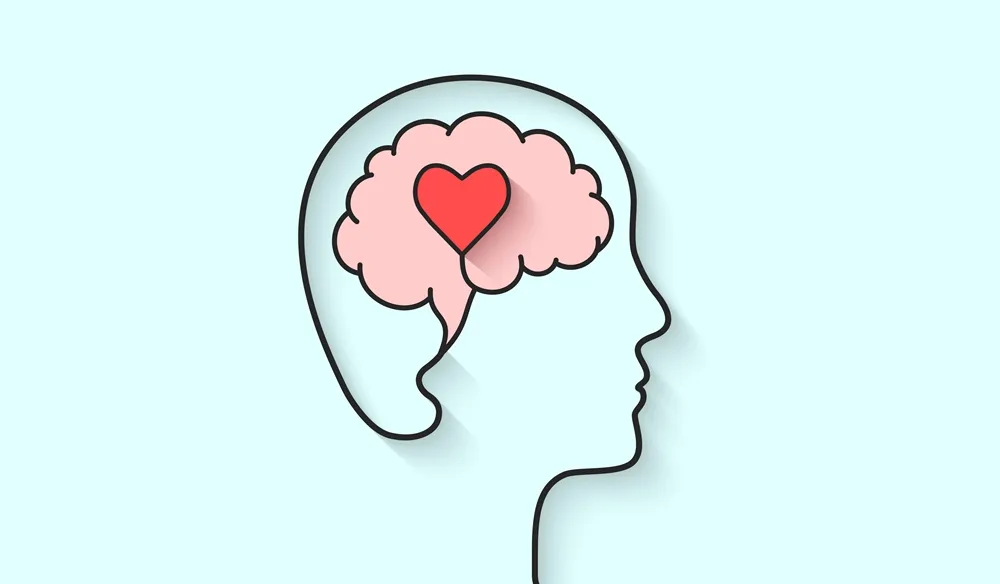Mental health clipart refers to simple, engaging illustrations or digital drawings that represent emotional well-being, mental illness, therapy, support systems, and mental health symbols. These visual elements are widely used in:
- Educational materials
- Social media campaigns
- School counseling sessions
- Therapy worksheets
- Mental health blog posts
- Nonprofit awareness events
Clipart makes complex emotional and psychological topics more relatable, approachable, and visually impactful.
🎨 Why Use Mental Health Clipart?
Mental health is often seen as an invisible topic. Using visuals can help make it more visible and easier to talk about. Here’s why clipart is especially powerful:
✔️ Simplifies Communication
Illustrations help express emotions like anxiety, sadness, stress, or hope in a way words often can’t.
✔️ Enhances Engagement
Visuals catch attention faster than text—perfect for online content, especially in the age of short attention spans.
✔️ Supports Inclusive Messaging
Clipart can be created with diverse characters and scenarios, making mental health discussions more inclusive and relatable.
✔️ Encourages Learning
In schools and therapy settings, visuals help children and adults alike understand mental health topics with greater clarity.
📌 Common Themes in Mental Health Clipart

Mental health visuals often cover a range of emotional and behavioral topics. Here are some of the most popular clipart themes:
| Clipart Theme | Purpose / Use Case |
| 🧠 Brain with heart or leaves | Symbolizing mental and emotional balance |
| 😔 Sad face / crying person | Illustrating depression, grief, or sadness |
| 🤯 Exploding head / stress marks | Representing anxiety, overwhelm, or burnout |
| 🧘 Person meditating or breathing | Promoting mindfulness and calm |
| ❤️ Group hugging / hands holding | Showing support, community, or compassion |
| 🏥 Therapist and patient in session | Depicting professional mental health care |
| ☁️ Cloud over head | Symbolizing gloom, fatigue, or emotional burden |
🔍 Where to Find High-Quality Mental Health Clipart
There are many free and paid platforms that offer well-designed clipart for personal, educational, or commercial use.
🆓 Free Clipart Resources
- Pixabay – Free for personal and commercial use, no attribution required
- Pexels – Includes illustrations and photos for mental health themes
- Freepik – Offers thousands of editable clipart with free and premium tiers
- OpenClipart – Public domain illustrations for educational use
- Vecteezy – Free and pro mental health vectors with wide variety
✅ Tip: Always check the license before using clipart, especially for commercial content or publishing.
💼 Premium Clipart Resources
- Shutterstock – High-quality, professional illustrations
- Adobe Stock – Vast selection of curated clipart assets
- iStock – Royalty-free graphics ideal for brands and educators
- Creative Market – Unique mental health bundles and artistic styles
- Etsy – Clipart sets from independent illustrators, often in PNG & SVG formats
🧠 Best Practices for Using Mental Health Clipart

Whether you’re designing a blog, social post, or educational handout, here’s how to use clipart responsibly and effectively:
✅ 1. Choose Inclusive Imagery
Use illustrations that reflect diversity in gender, race, and age. Mental health affects everyone, and visuals should reflect that.
✅ 2. Pair with Accurate Information
Don’t let cute visuals spread misinformation. Ensure the accompanying content is fact-based and sensitive.
✅ 3. Avoid Stereotypes
Clipart should never mock or exaggerate mental illness. Always represent topics like depression, anxiety, and therapy with empathy.
✅ 4. Match the Tone to Your Audience
For kids, clipart can be more colorful and playful. For adults, opt for clean and calming visuals.
✅ 5. Credit Creators When Required
Even free clipart may require attribution. Read licensing terms carefully and give credit where it’s due.
🎯 Ideal Uses of Mental Health Clipart
- 🧾 School Worksheets – Helping students learn about emotions, stress, and coping
- 📝 Therapy Tools – Visuals for CBT, journaling prompts, or emotional check-ins
- 🗨️ Social Media Awareness Posts – Mental health days, quotes, or infographics
- 📚 Presentations and eBooks – Adding visual interest to health-related content
- 💻 Web Design – Health clinics, blogs, or nonprofit mental health websites
FAQs About Mental Health Clipart
1. Can I use mental health clipart for my blog?
Yes! Many free and premium clipart sources allow blog use, but check the license for any restrictions.
2. Is mental health clipart suitable for kids?
Absolutely. There are many child-friendly illustrations that help kids talk about feelings, anxiety, and self-regulation.
3. How do I create custom mental health clipart?
You can use tools like Canva, Adobe Illustrator, or Procreate to create your own, or hire a freelance illustrator.
4. Can I sell products with mental health clipart?
Only if you have the right commercial license. Always review the clipart site’s terms for commercial use.
5. What file formats are best?
PNG (transparent background), SVG (scalable vector), and JPG are most common for web and print.
6. Are there copyright-free mental health clipart sets?
Yes. Websites like Pixabay, Pexels, and OpenClipart offer public domain options you can use freely.
7. How do I use clipart for mental health awareness campaigns?
Combine relevant clipart with facts, stats, and empathetic messages. Keep your tone supportive and inclusive.
8. Why is mental health clipart important in education?
It helps simplify complex emotional topics and encourages open conversations, especially with young learners.
🧾 Conclusion
Mental health clipart is more than just decoration—it’s a powerful communication tool. It can educate, engage, and support discussions on mental wellness in both personal and professional settings. By choosing inclusive, meaningful, and properly licensed visuals, you can promote understanding and help reduce the stigma around mental health.

Leave a Reply